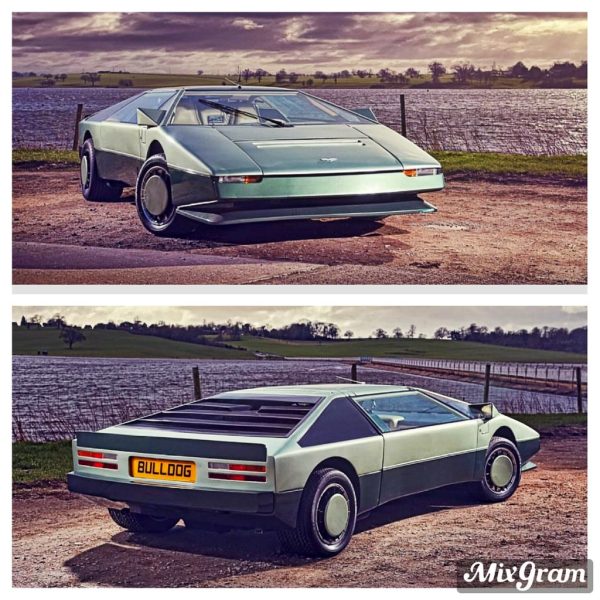
The term “supermodel,” first coined way back in 1943, was conferred upon Swedish fashion model, Lisa Fonssagrives, and while every decade had its “look,” the 1980s was the Golden Age of supermodels. For ten years, everyone from Christy Turlington, Gia, and Paulina Porizkova to Christie Brinkley and Brooke Shields (who at fourteen became the youngest model ever to appear on the cover of Vogue) stared at us from magazine covers and strutted down catwalks. In between, fashion models became household names.
There was Cindy Crawford, and Somali-American supermodel, Iman.
Elle Macpherson appeared on the cover of Sports Illustrated’s Swimsuit Issue a record five times, and Jill Goodacre put a little-known lingerie company called Victoria’s Secret on the map.
Carol Alt became known in the modeling world as ‘The Face’ because of her distinctive looks, and supermodel, Jerry Hall, would go on to marry Mick Jagger.
Some say that the 1980s was the decade in which the “supercar,” became “a thing,” and the first one was probably the Aston Martin Bulldog unveiled in 1980. In the mid-1970s, Aston Martin wanted to prove its engineering expertise by building a car that could hit 200 miles per hour. Insiders whispered that what Aston Martin really wanted to do was usurp the top performance cars of the time, namely the Lamborghini Countach and Ferrari 512BB, neither of which could go faster than 186 mph.
The project was originally code-named “DPK901” and later renamed the Bulldog. It was the ultimate wedge shaped sports car design, and it was clear that the name wasn’t chosen because the vehicle resembled the breed:

“1977 Aston Martin ‘Bulldog’. A one-off concept car designed by William Towns.” by Ronald Douglas Frazier is licensed under CC BY 2.0.
The car was actually named after an airplane called the Scottish Aviation Bulldog, a two-seat training aircraft that first flew in 1969. It was designed by (wait for it) Beagle Aircraft, and while we don’t know if the plane was named for the dog breed, Brits have a long and delightful history of naming ships, cars, and military equipment for dog breeds. In the factory, the car was known as “K9,” after Dr. Who’s robotic dog, and amusingly, the area of the factory in which the car was built was called “the Kennel.”
This next part is for gear heads: The Bulldog was powered by a twin Garrett AirResearch turbocharged 5.3 litre V8 originally with Bosch Fuel Injection from the DBSV8. It was mounted mid-ship for the very first time in the marque’s history, the dramatic gull-winged Bulldog prototype was a memorable follow-up concept to the equally arresting sharp-edged Lagonda prestige four-door saloon of 1976. Power output on the test bed reached in excess of 700 bhp, although installed in the car this would have been in the region of 650 bhp. A panel on the front lowered to reveal five square headlights, while giant gull-wing doors doubled the car’s height when opened. The interior, matching the Towns-designed Lagonda Series 2, showed off LED lights, buttons and touchscreens. The wedge-shaped design gave the Bulldog a drag coefficient of 0.34.
While we aren’t gear heads who can appreciate the goodies mentioned in the previous paragraph, we do have a penchant for speed, and our impression is that the Bulldog never achieved its target of 200 mph. Had it, it would have been the fastest production car in the world. In 1981, Victor Gauntlett, chairman of the company, decided the project was too expensive, and the Bulldog project was shelved. The one-off was sold to a collector in Saudi Arabia, and reportedly, the engine blew up the first time he drove it.
The car eventually it made its way back to the US, and the good news is that Richard Gauntlett, son of Victor who had scrapped the project years before, took over management and unveiled plans in early 2021 to restore the car and try to reach that elusive 200 mph. In November 2021, the car reached 162 mph on its initial shakedown, the first time in over 40 years that the car was driven at speed. If and when we hear that the Bulldog has hit 200 mph, we’ll report back!
